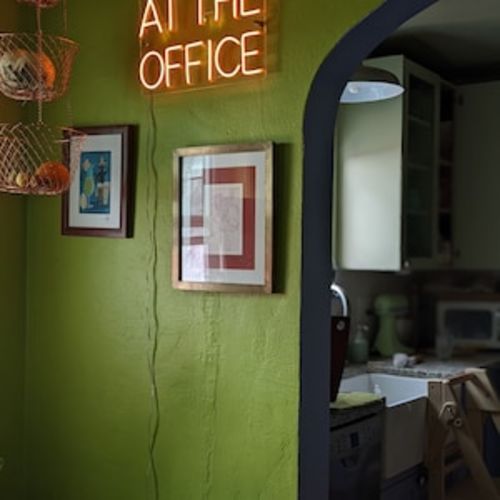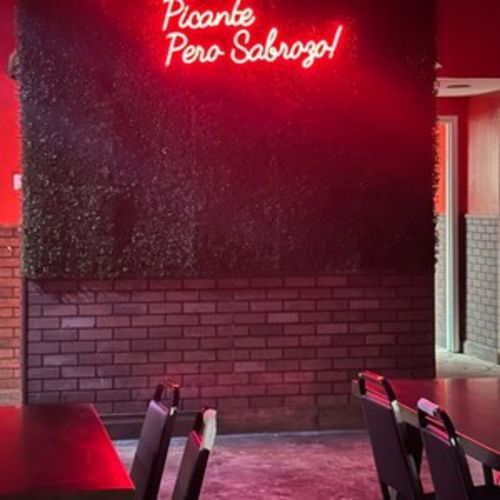For over a century, millions of neon signs have brightened city streets, from businesses to landmarks, forming an ethereal fusion of art and advertising. Their glowing allure harks back to different generations, representing nostalgia, current ness, and creativity simultaneously. In this blog, we will discuss everything from the history and craftsmanship of neon signs to the cultural significance and potential future of these electrifying displays, providing insights into their indelible imprint in urban environments and the hearts of businesses across continents.
The Origins of Neon Signs
The advent of neon lighting dates back to the early 20th century when a French engineer and chemist named Georges Claude discovered the potential of electrified neon gas. Claude showcased neon tubes at the Paris Motor Show in 1910 and by 1912, the first commercial neon sign appeared outside a barbershop in Paris.
This technology quickly drew interest from advertisers and for good reason — the colors are bright, the content is visible, they glow. Neon made its initial appearance in the United States in 1923 when car dealership owner Earle C. Anthony bought two signs for his Los Angeles showroom. These signs quickly began to catch on, and by the 1930s and 1940s, neon was a dominant feature of urban advertising.
The Art of Creating Neon Signs
Neon Sign 101 Neon signs are a beautiful fusion of science and art. It starts with a glass tube, usually composed of soft lead glass, which is skillfully heated and curved according to certain designs by craftsmen called glass benders. Different gasses are pumped into the tubes to create different colors:
When neon gas emits a visible color it occurs as a bright red or orange glow.
Blue and green hues are produced through the combination of argon gas and a drop of mercury.
Softer pastel colors are generated with krypton and xenon gases.
The last step is to seal the tubes, place electrodes on them, and connect them to a power supply. When electricity flows through the gas, the atoms get excited and emit light — that’s called electroluminescence.
Neon Signs in Urban Culture
Neon signs are not merely advertisements; they are cultural tokens that influence the character of cities.
The Neon Capital of the World: Las Vegas
Las Vegas is known for neon sign, and the city’s skyline has been graced with glowing lots since the 1940s. Neon’s embrace by casinos, hotels and entertainment venues was a bid for tourists. Like the “Welcome to Fabulous Las Vegas” sign and the now-retired Stardust sign, iconic signage became an indelible nexus of the city’s exciting nightlife.
Neon Billboards and Times Square
Mid-20th century, New York City’s Times Square was a neon wonderland. Enormous, animated neon billboards advertised everything from Broadway shows to soda brands, reinforcing neon’s association with the energy of big cities.
Neon’s Decline and Rise
By the 1970s and 1980s, neon production dropped off as cheaper and more energy-efficient alternatives like LED lighting came to dominate the signs market. Numerous nostalgic neon signs came down, and the cities that once shone with neon began to fade. But neon has made a comeback in recent years, driven by nostalgia, vintage aesthetics and the impulse to preserve historic signage.

Using Neon for Business and Advertising
Neon signs can be a great asset for your business that can bring advantages like:
High visibility: Neon signs are clearly visible from afar, and they're a good choice for attracting customers.
Custom makers: Neon signs can be custom made to fit in with a business's product, including what they look like and how they connect to your brand.
Aesthetic: Neon has a nostalgic, artistic quality that many see missing in modern LED signs.
Neon is enjoying a renaissance among many small businesses, from coffee shops to tattoo parlors, providing a warm and stylish glow.
The Future of Neon
Neon is a medium that continues to grow as technologies improve. Several trends currently shaping the future of neon are:
LED Neon: A cost-effective, energy-efficient alternative to neon lights that replicates the aesthetic of traditional neon while lowering electricity costs.
Artistic Neon Installations: Today, we find neon in an even greater variety of artistic forms.
Though it does face competition from new lighting technologies, neon remains a beloved and timeless medium.
Conclusion
From their beginnings as ground-breaking advertising devices to the cultural and artistic staple we know today, neon signs have been embraced the world over. Whether it’s illuminating the streets of Las Vegas, presiding over local businesses or inspiring contemporary artists, the glow of neon continues to dazzle and delight.
Moving forward, the future of neon is bright—both in its classic form and through new innovations. If you run a business, are an artist, or just simply love the vintage aesthetics, there is no denying the timelessness provided by neon signs.




